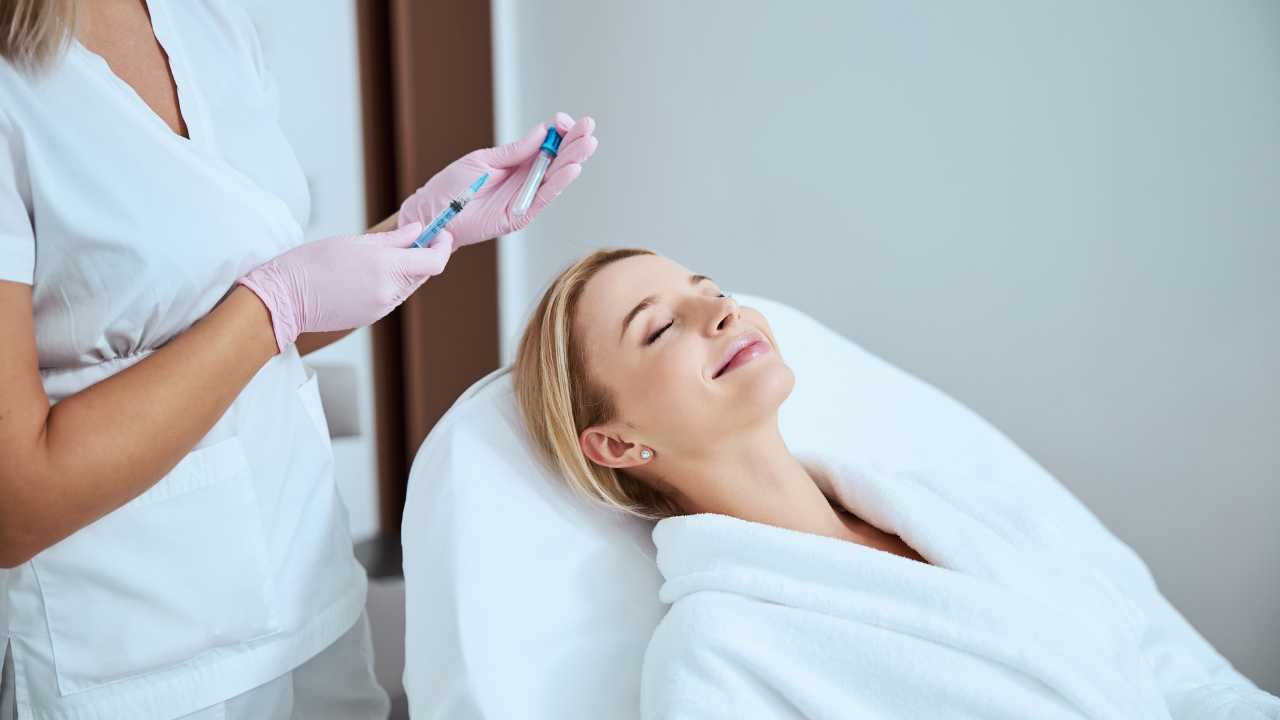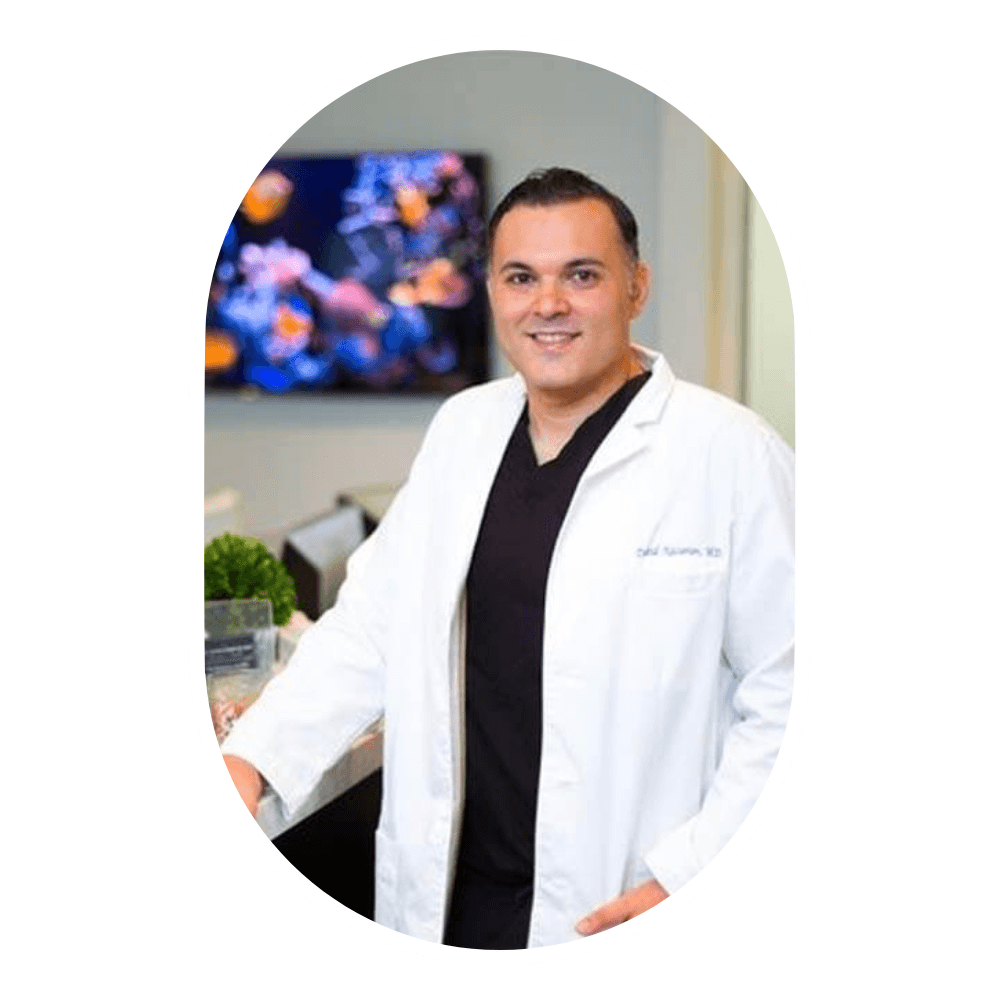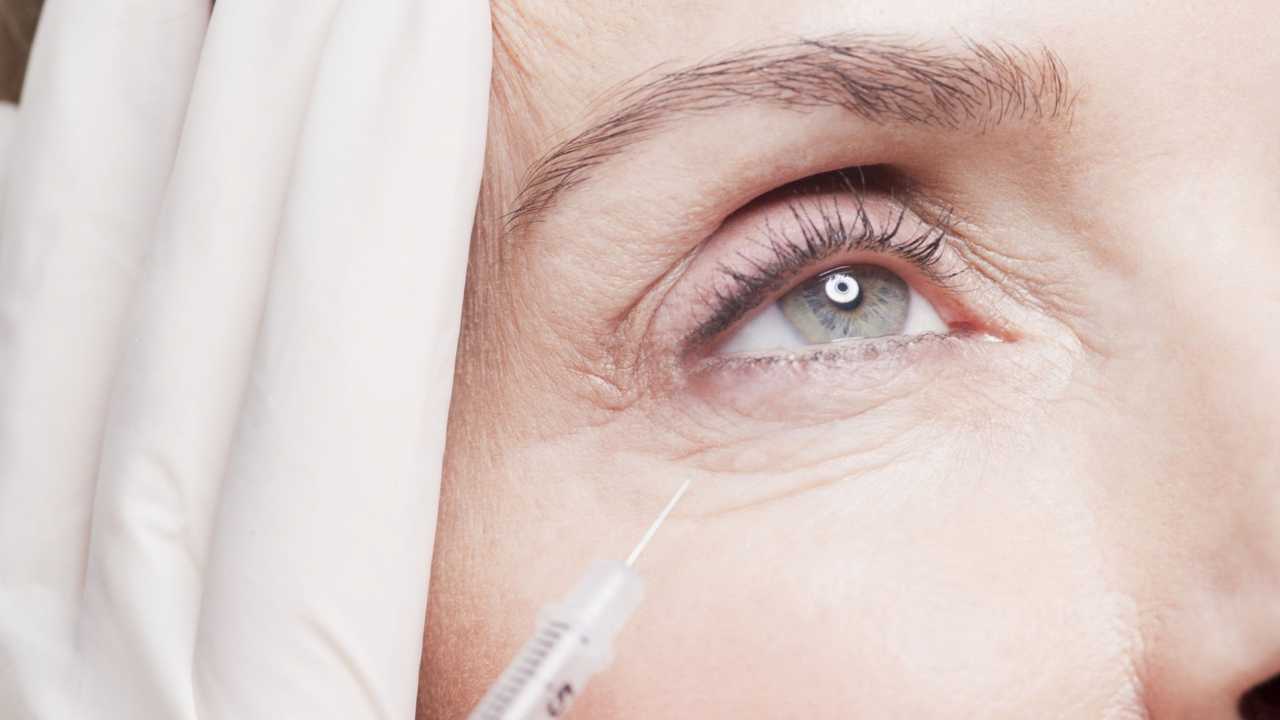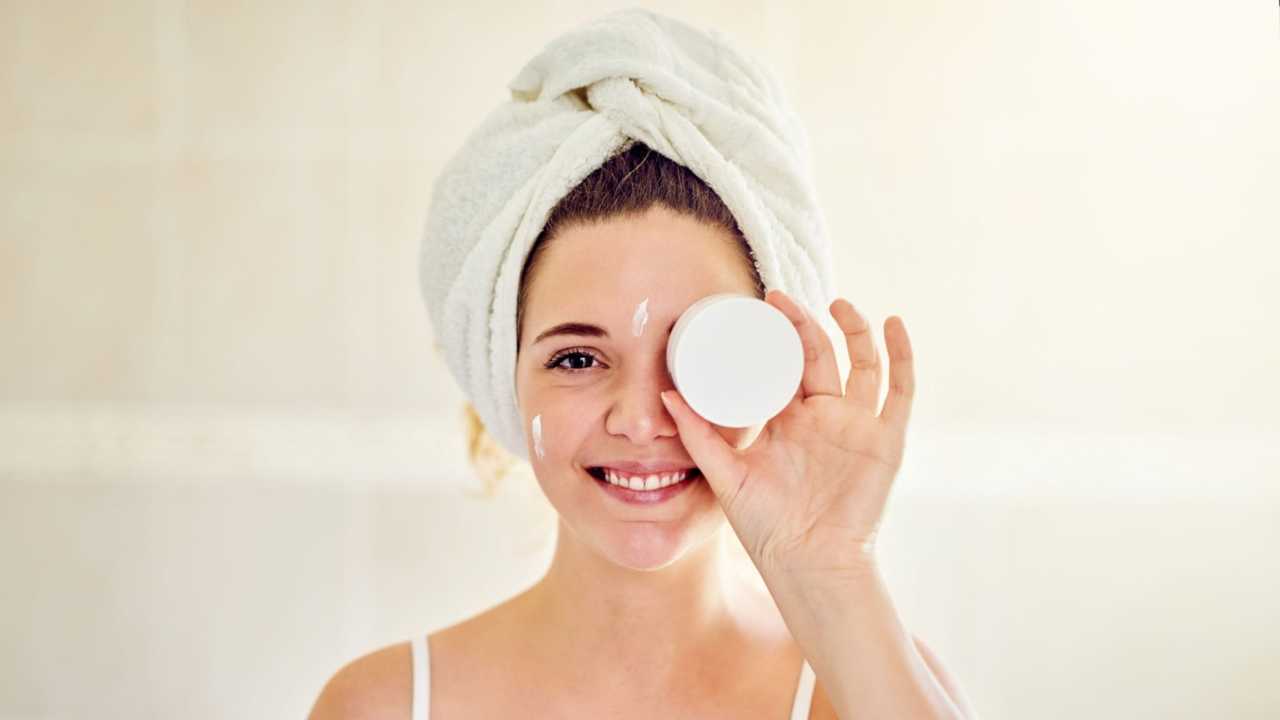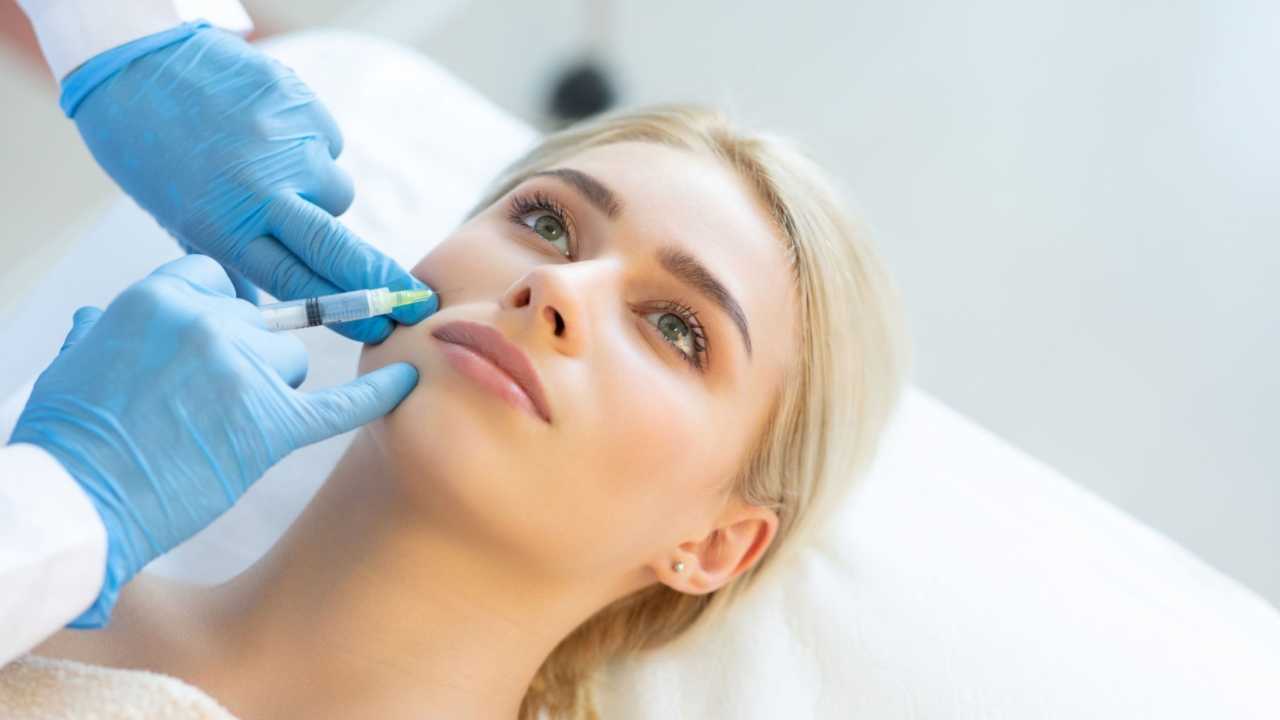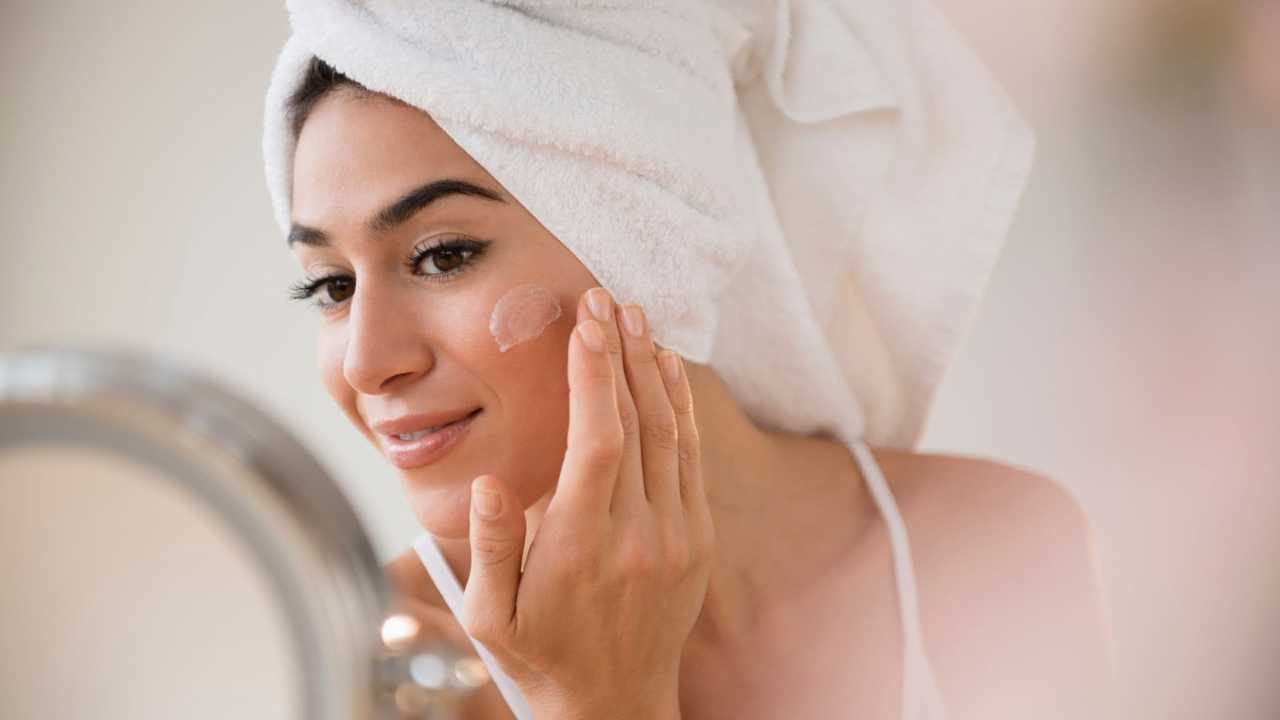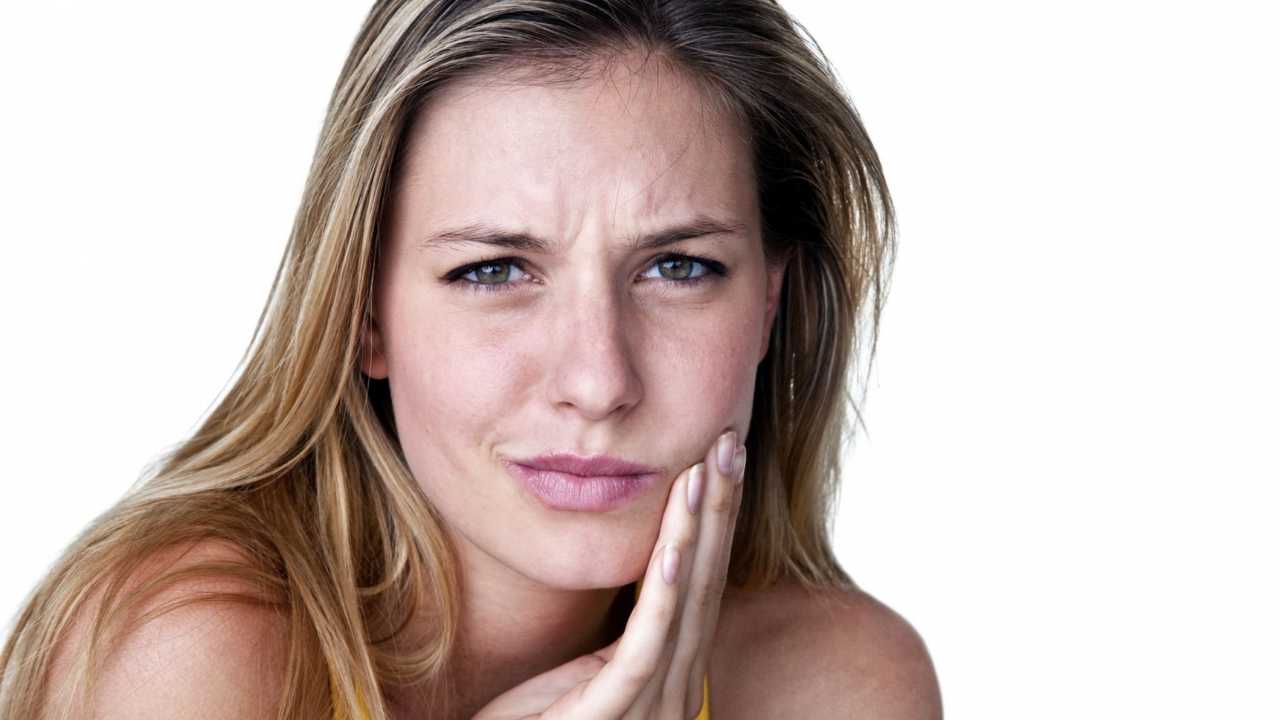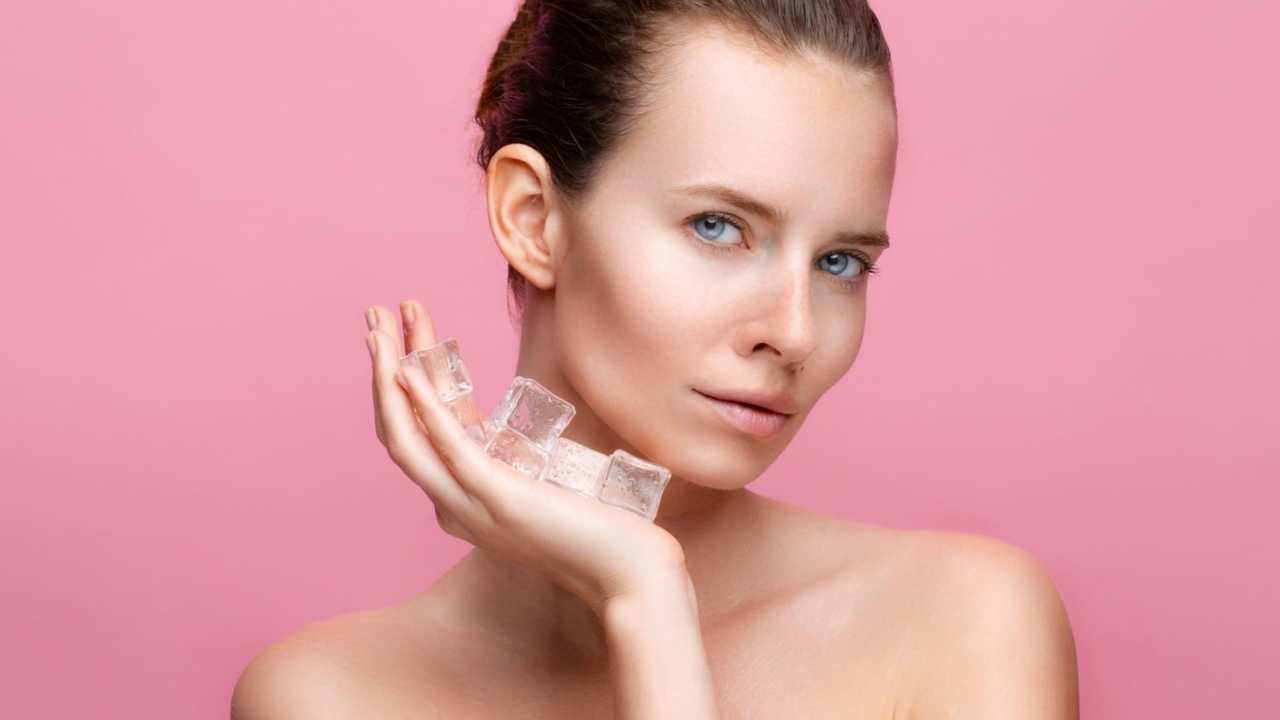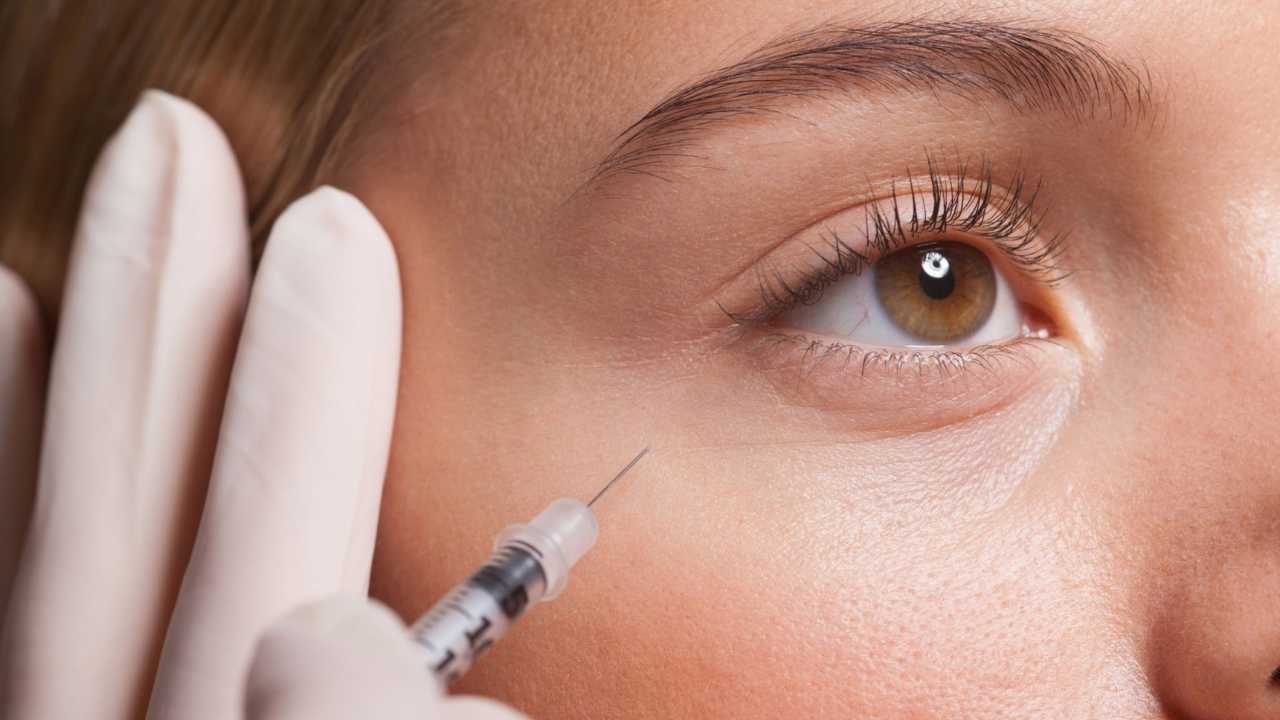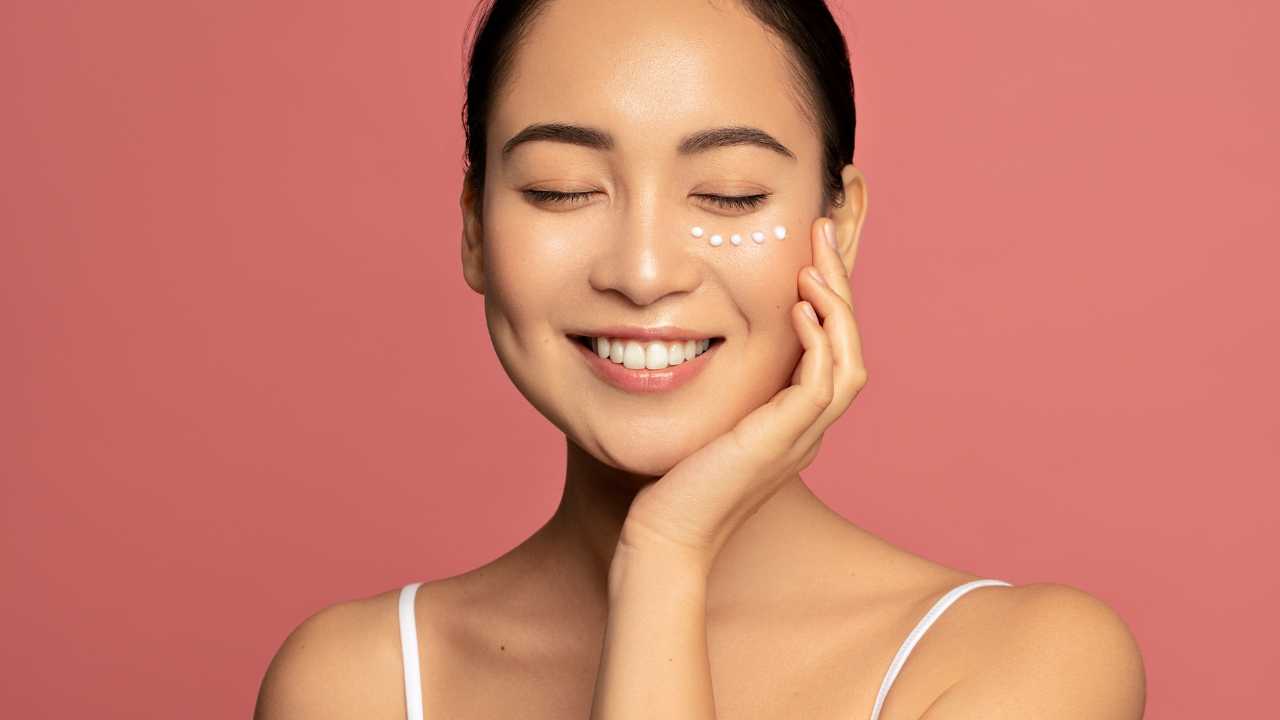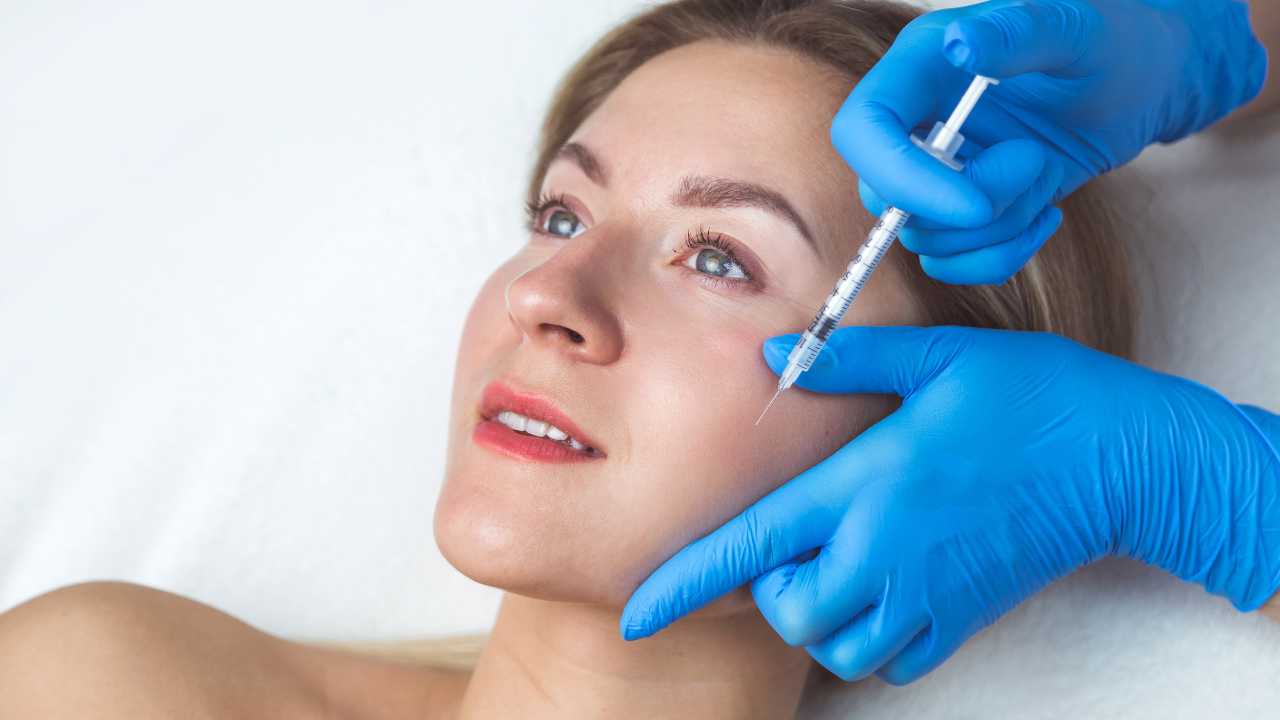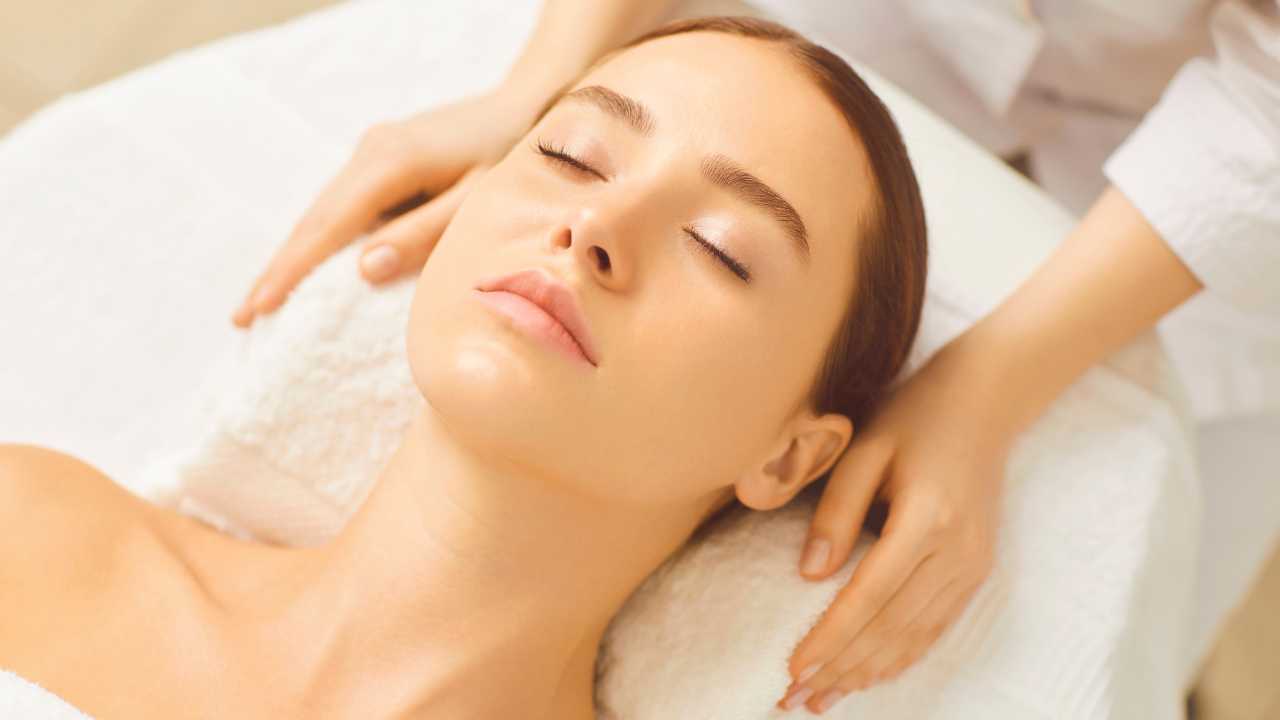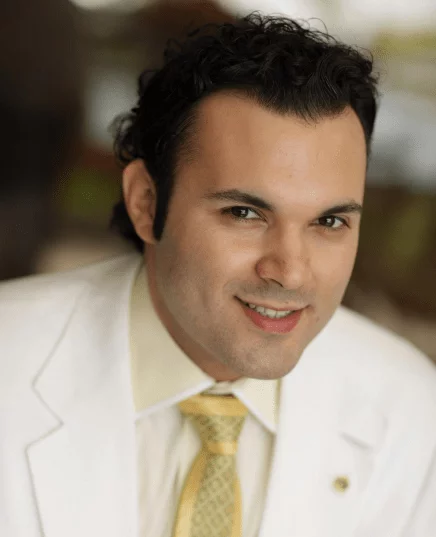The world of regenerative medicine holds promising solutions for many health and cosmetic concerns, and Platelet-Rich Fibrin (PRF) stands at the forefront.
Harnessing the body’s inherent healing prowess, PRF treatment has become a game-changer, transcending fields from dentistry to dermatology. But what makes it so revolutionary?
Is it right for you? This blog post will demystify PRF, exploring its science, application, benefits, and safety. We’ll also share inspiring success stories, giving you a comprehensive overview of this innovative treatment.
So, whether you’re considering PRF therapy or simply eager to know about the latest advancements in regenerative medicine, this article promises an enlightening journey. Let’s dive in!
What is Platelet-Rich Fibrin (PRF)?
Platelet-Rich Fibrin, or PRF, is a second-generation platelet concentrate widely utilized in regenerative medicine for its enhanced healing properties. It’s an autologous product, which means it’s derived from your blood, eliminating the risk of allergic reactions or disease transmission.
During preparation, a small amount of blood is drawn and spun in a centrifuge to separate its components. Unlike PRP (Platelet-Rich Plasma), PRF doesn’t involve adding anticoagulants or other chemicals.
It retains a part of the white blood cells. It forms a fibrin clot containing a rich concentration of platelets, growth factors, and cytokines, making it a powerhouse for healing and tissue regeneration.
This natural, holistic approach makes PRF a preferred choice in various medical fields.
Uses of PRF in Medicine
As a treatment option packed with regenerative potential, Platelet-Rich Fibrin finds applications across a wide spectrum of medical disciplines. Let’s dive into some of these fascinating areas:
Dentistry
PRF has become a transformative force in dental medicine. It’s often used in periodontal surgery, dental implantology, and bone grafting procedures.
By promoting faster healing and improved tissue regeneration, PRF helps enhance the success rates of these procedures. It also supports bone regeneration around dental implants and expedites the healing of oral soft tissues.
Dermatology and Aesthetics
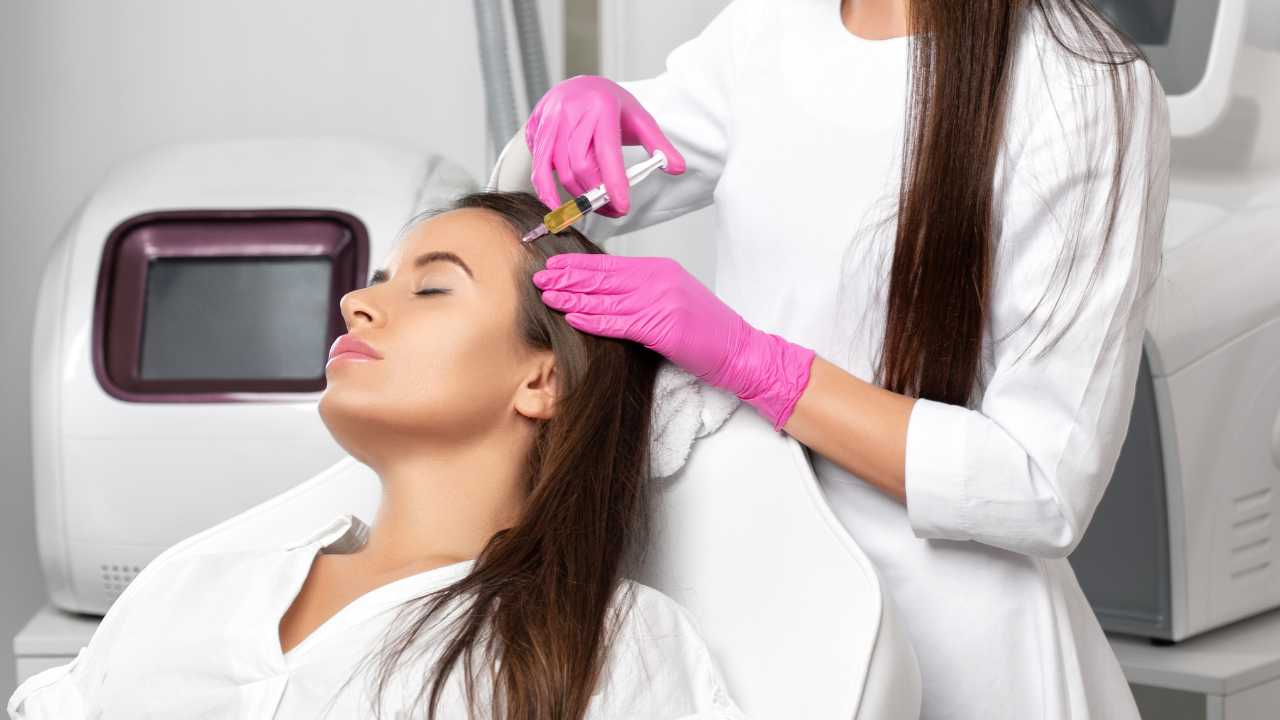
A rising star in cosmetic procedures, PRF is incorporated into skin rejuvenation treatments and hair loss.
In skincare, it’s used for facial rejuvenation, often referred to as ‘vampire facials,’ which involve micro-needling with PRF to stimulate collagen production, improve skin elasticity, and reduce the appearance of fine lines and wrinkles. PRF injections into the scalp can stimulate hair growth and reduce hair thinning in restoration.
Orthopedics and Sports Medicine
PRF injections treat musculoskeletal conditions, including osteoarthritis, tendinitis, and sports injuries. By enhancing tissue repair and reducing inflammation, PRF can help speed up the recovery of injured muscles, tendons, ligaments, and joints.
Wound Healing
PRF is incredibly beneficial in wound healing, especially for patients with chronic non-healing wounds or those who’ve undergone surgical procedures. PRF platelets and growth factors promote quicker wound closure, reduce infection risk, and improve scar formation quality.
Regenerative Medicine
The future of PRF applications looks even brighter, with ongoing research exploring its potential in regenerative medicine. Studies are underway to investigate its role in repairing heart tissue post-heart attack, spinal cord injuries, and more.
Benefits of PRF Treatment
The rise in popularity of PRF treatments across multiple medical disciplines isn’t without reason. Let’s delve into some of the benefits that make PRF a favorable option:
Natural and Safe
PRF is derived from your blood, which is biocompatible and drastically reduces the risk of allergic reactions or disease transmission. No synthetic additives or chemicals are involved, making it a holistic, natural treatment choice.
Enhanced Healing
PRF is loaded with platelets, growth factors, and cytokines that play key roles in the body’s healing processes. These components stimulate tissue regeneration and wound healing, leading to faster recovery and reduced downtime in surgical and aesthetic procedures.
Long-Lasting Effects
Unlike other treatments, the effects of PRF are not short-lived. The slow release of growth factors from the fibrin matrix leads to longer-lasting effects, typically noticeable for several months post-treatment.
Versatile Applications
The wide range of medical disciplines leveraging PRF testifies to its versatility. PRF’s potential applications are far-reaching, from improving dental implant success, rejuvenating skin, and aiding in wound healing to enhancing recovery from sports injuries.
Cost-Effective
PRF treatment can be more cost-effective in the long run than regenerative therapies. This, combined with its safety profile and effectiveness, makes PRF a compelling choice for many patients.
Improved Aesthetics
For those looking to improve their skin’s health and appearance, PRF treatment can stimulate collagen production, improve skin tone and texture, and reduce the visibility of scars and fine lines.
The PRF Treatment Process
Now that you’re acquainted with the benefits of PRF, you might be curious about what the treatment process looks like. Let’s walk through the typical steps of a PRF procedure:
Consultation
Every successful PRF treatment begins with a thorough consultation. Your healthcare provider will discuss your health history, treatment goals, and any concerns you may have. This is also the time to ask questions to ensure you fully understand the process and what to expect.
Blood Draw
On the day of the procedure, a small amount of blood (about the same as a standard blood test) is drawn from your arm. This process is usually quick and only causes minor discomfort.
Centrifugation
The drawn blood is then processed in a centrifuge that speeds up. This spinning separates the blood components, isolating a layer of platelet-rich fibrin. It’s important to note that, unlike PRP, PRF extraction doesn’t require any additives or anticoagulants, making it a more natural product.
Application or Injection
The collected PRF is now ready for use. Depending on the treatment area, it can be applied topically, typically in conjunction with a micro-needling procedure for skincare, or injected directly into the treatment area, such as into the scalp for hair loss or into joints for orthopedic conditions.
Post-treatment Care
Your provider will give you specific aftercare instructions following the procedure. These can include recommendations on activities to avoid, signs of potential complications to watch out for, and tips on maximizing the treatment benefits. There’s minimal downtime, and most people can return to regular activities soon after the procedure.
Potential Side Effects and Considerations
While PRF is generally considered safe due to its autologous nature (coming from your body), it’s essential to be aware of potential side effects and considerations. The majority of these are minor and temporary:
Bruising and Swelling
Following a PRF treatment, especially injections, some bruising and swelling at the injection site are expected. These are usually mild and resolve within a few days.
Discomfort
Mild discomfort or pain at the site of application or injection is possible, but this is usually temporary and subsides in a few days. Over-the-counter pain medication can typically manage this discomfort, but always consult your healthcare provider before starting any new medication.
Infection
Though rare, as with any procedure involving injections, there’s a slight risk of infection. Practitioners mitigate this by following stringent sterilization procedures.
Individual Variation
Just like any other treatment, the results of PRF can vary from person to person. Factors like your overall health, age, lifestyle habits (like smoking), and the specific condition being treated can all influence the treatment’s effectiveness.
Multiple Sessions Needed
Depending on the treatment purpose, you might need more than one PRF session to achieve optimal results. Your practitioner should explain this during your initial consultation.
Conclusion
Navigating the realm of regenerative therapies can be overwhelming, but understanding Platelet-Rich Fibrin treatments should now be a less daunting task. It’s a promising, safe, and natural option harnessing your body’s healing capabilities to deliver tangible, long-lasting results.
Remember, seeking treatment from experienced professionals who can tailor the procedure to your unique needs is crucial. Whether it’s rejuvenating your skin, accelerating wound healing, or improving surgical outcomes, PRF could be the powerful ally you’re looking for.
Don’t hesitate to reach out if you want to explore how PRF can help meet your health or aesthetic goals.

